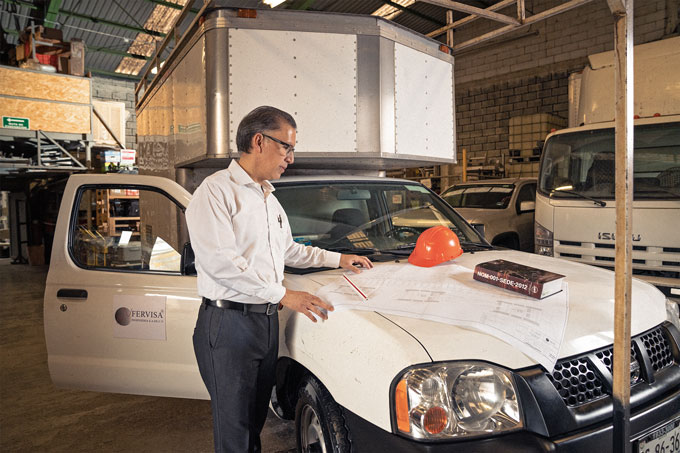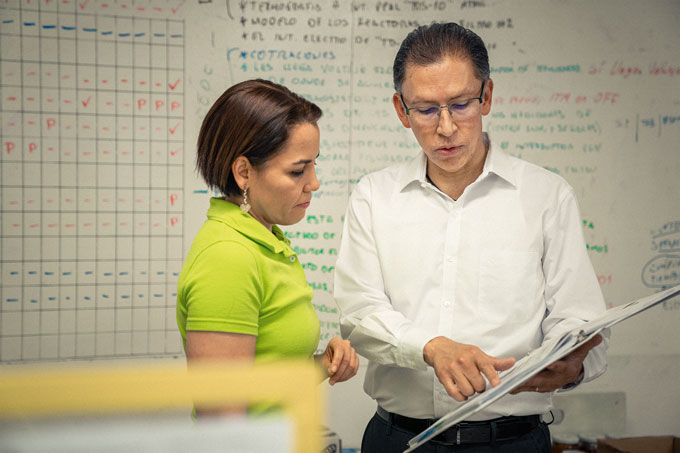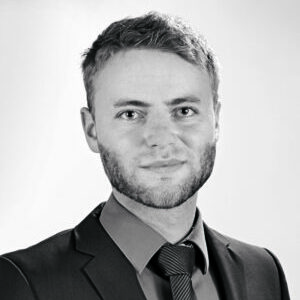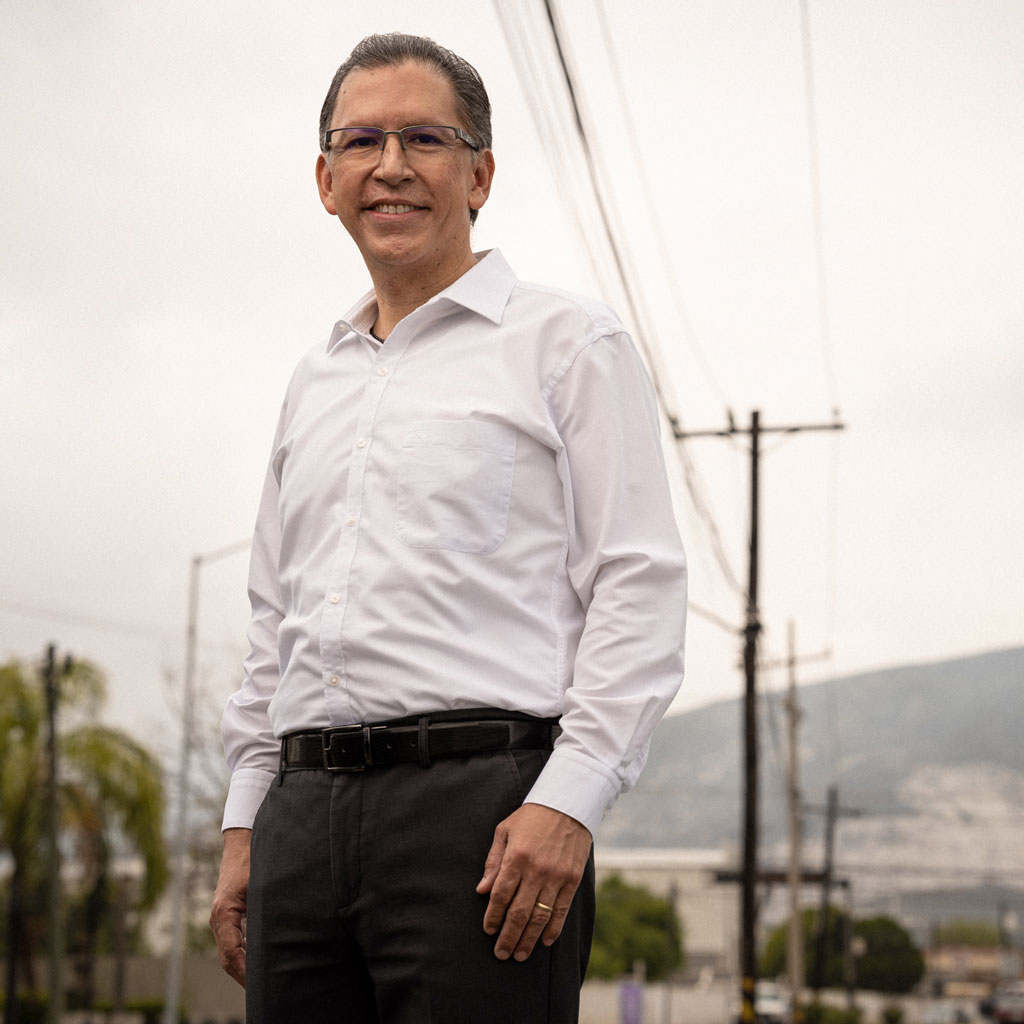A new grid code in Mexico places greater responsibility on large consumers to prevent grid feedback. Ernesto Viveros advises them on how to meet all requirements — including with Power Quality products from Reinhausen.
What exactly is “Codigo de Red”, and what demands does it place on companies?
Although we are on a good path in our country, there continue to be major problems in terms of infrastructure, such as power outages due to poor power quality caused by grid feedback from large consumers. Therefore, in 2014, under then-President Peña Nieto, the Electricity Industry Law was reformed. The new law is intended to comprehensively reform the energy market. For the first time, the generation, transmission, and distribution of electrical energy were separated by regulation. The grid code published in 2016, the “Codigo de Red”, was to ensure more stable grids while at the same time expanding renewable energies, among other things. For this purpose, requirements for what are known as load centers have also been drawn up. Here, the focus is on network feedback from industrial customers in particular.

What has happened since the introduction?
The Codigo has been mandatory since 2019 and, in my opinion, it was a shark without teeth before that. Now it has some. Last year, the network code was revised, and now fines and sanctions are imposed for non-compliance, at least in certain cases. I think this is right and important, because it has led to a much greater willingness on the part of consumers and producers to modernize their operations. This will noticeably improve the grids. Binding regulations are also crucial in terms of renewable energies and the volatilities associated with them.
A smelter caused significant current asymmetries. Together with PQ, we were able to fix this.
Ernesto Viveros, founder and Managing Director of FERVISA
How are the new regulations being received by the Mexican business community?
Large consumers, for example, must avoid strong grid feedback. This involves, for example, harmonics, reactive power, flicker, or unbalanced loads. Many companies welcome these new regulations and want to upgrade on their own initiative — after all, they themselves benefit from a secure grid.

What do these developments mean
for you and your company?
Our company started almost 20 years ago as a small office that mainly performed maintenance of electrical installations. Today, we have about 50 employees and also handle the planning for installations and retrofits as well as the sale of components such as compensation systems and active filters from Reinhausen. In doing so, we look at what our customers need so that they do not burden the grids. To find the right components for this, we work with a large number of leading international manufacturers. To inform companies about the applicable requirements and the topic of power quality in general, we also offer training courses and webinars, commission studies, and provide information at trade fairs, since many are not even aware of the extensive guidelines or even the possibilities. Reinhausen’s Power Quality products allow us to offer our customers reliable and durable solutions.
And what kind of projects are you implementing with
Reinhausen?
Let me give you an example: At the end of 2021, we were contacted by the metalworking company Signode for whom we have been maintaining switching stations for over ten years. The company produces steel strip as sheet material. In the production process, there is also a smelter that was causing notable power asymmetries, putting a strain on the downstream grid. Together with PQ, we were able to significantly improve these effects by using active filters, which we combined with other components and a transformer made in Mexico.
YOUR CONTACT

Do you have any questions about power quality?
Henning Tischer is there for you:
H.Tischer@reinhausen.com
